Research infrastructure The Mesocosm Facility at Umeå Marine Sciences Centre is one of Europe's most advanced. The mesocosms provide possibilities to conduct large scale water and sediment experiments under highly controlled conditions. The mesocosm facility is available for researchers from universities all over the world.
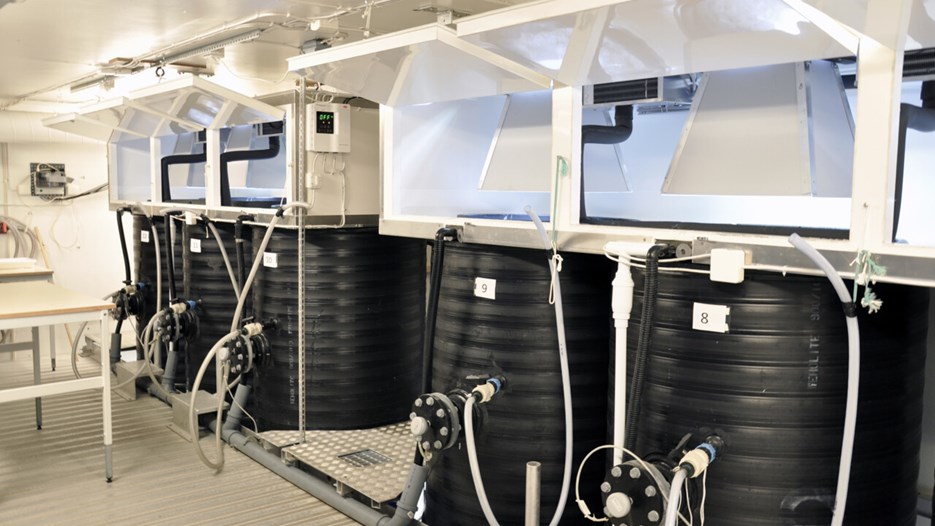
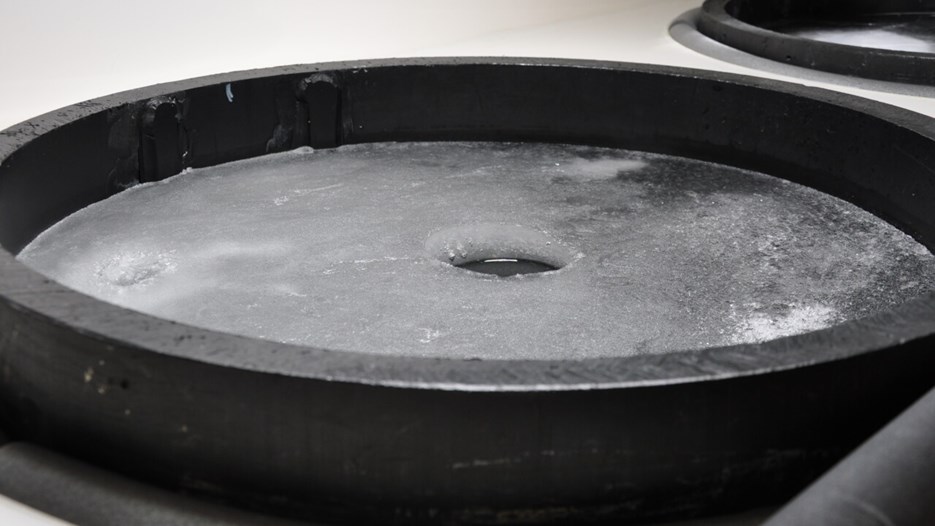
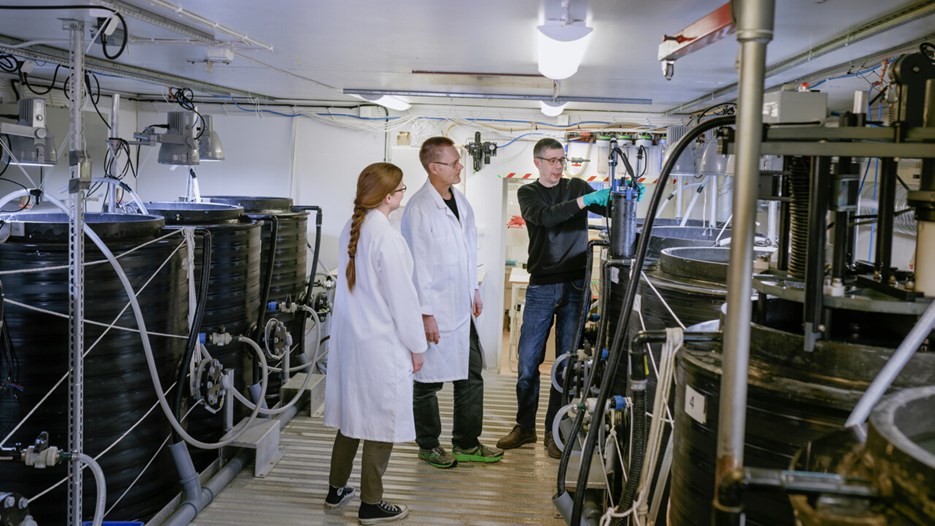
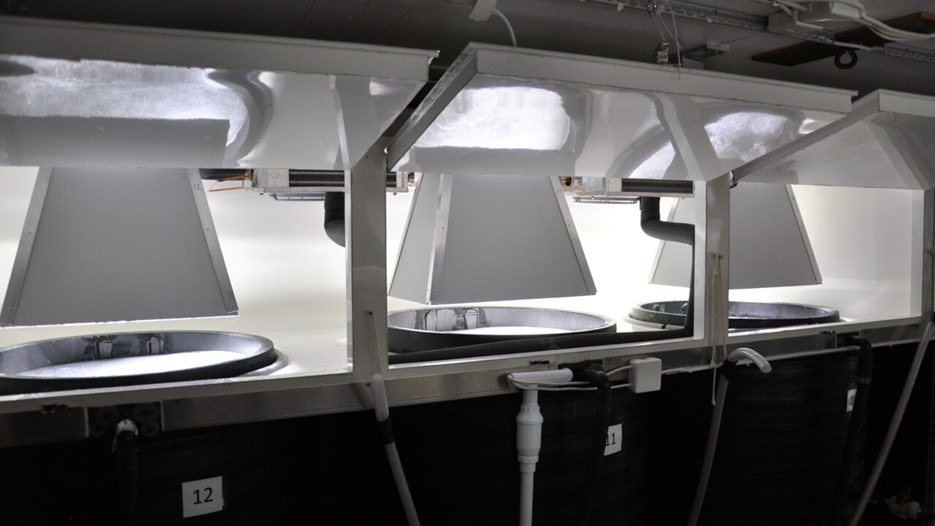
The indoor facility consists of 12 cylindrical mesocosms with water columns 4.86 m high and 0.73 m in diameter (volume approximately 2 m3).
The temperature can be controlled and manipulated in 3 different sections in each mesocosm. This allows for experiments which require temperature stratification, controlled convective stirring, or both. The temperature is computer controlled by sensors, which gives an accuracy of at least +/- 0.5º C from the selected temperature. A halocline can be created by addition of salt.
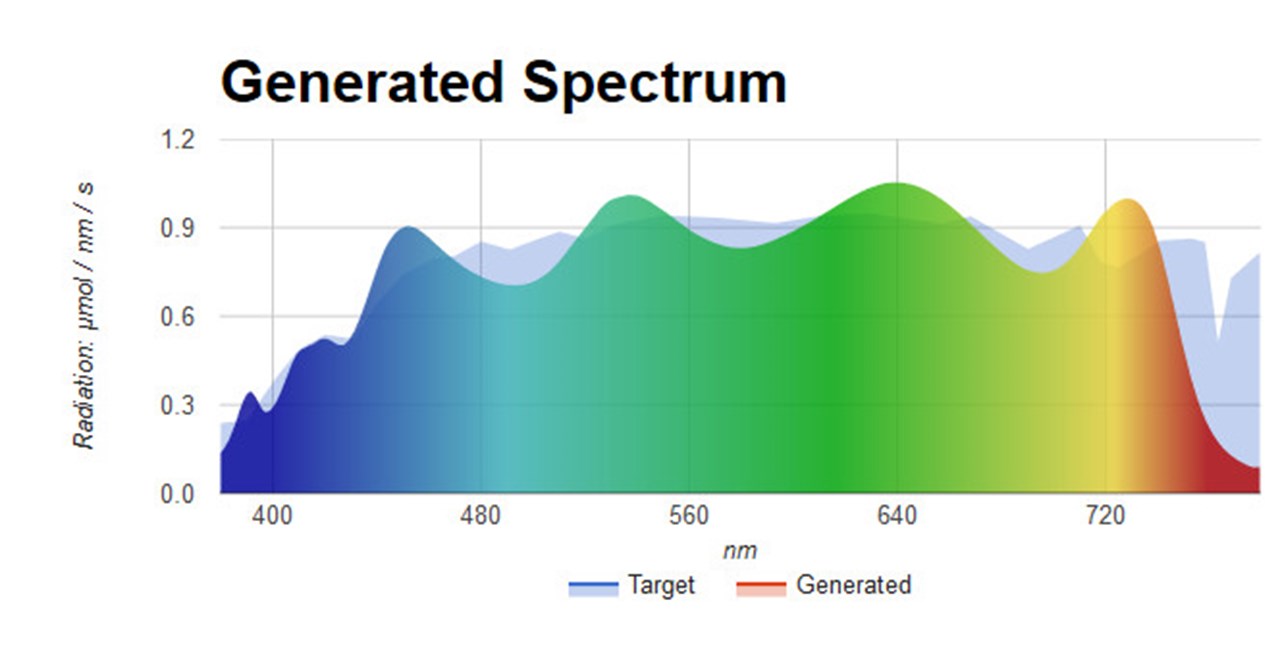
Spectrum from the mesocosm light source.
ImageThrough an internet-based database there is access to long time series of ecological variables, which can be used in designing experiments.
Through an easy available database on the Internet, there are access to long research time series of ecological variables, which can be used in designing experiments.
Please visit the following webpage to find information about ongoing research and available infrastructure within marine science: www.umu.se/en/marinescience

UMF is a dynamic environment for marine research including a complete suite of analytical platforms.

Current pricelist for UMF services and equipment. Updated in 2023, still valid June 2024.